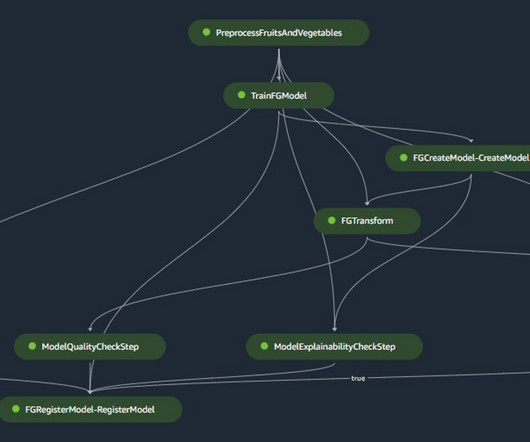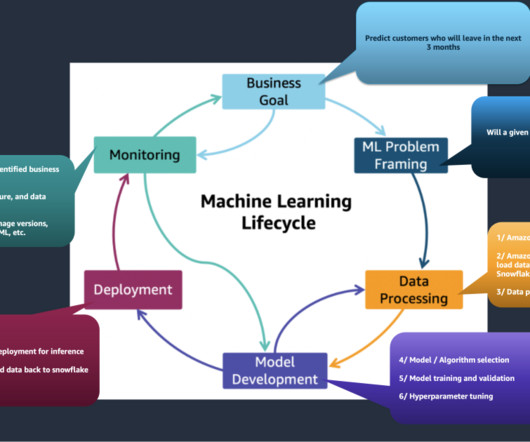How Axfood enables accelerated machine learning throughout the organization using Amazon SageMaker
AWS Machine Learning Blog
FEBRUARY 27, 2024
Axfood has a structure with multiple decentralized data science teams with different areas of responsibility. Together with a central data platform team, the data science teams bring innovation and digital transformation through AI and ML solutions to the organization.












Let's personalize your content